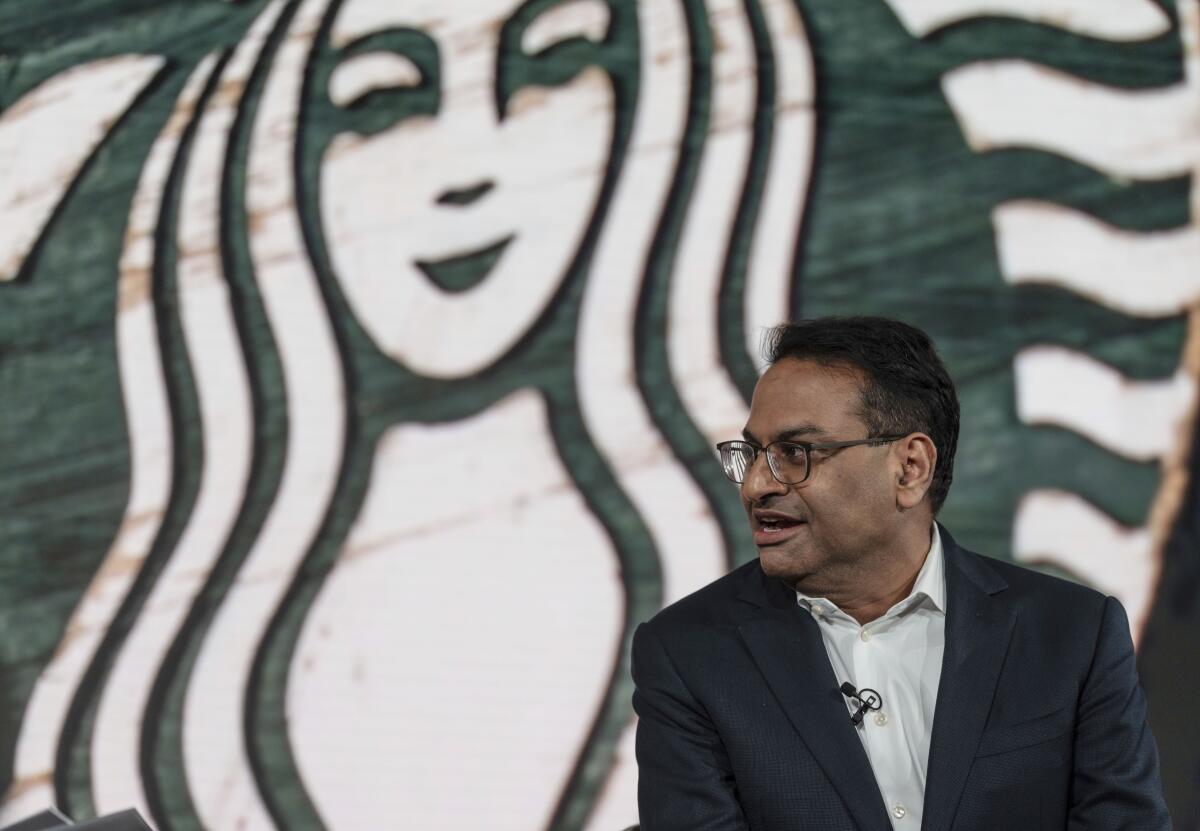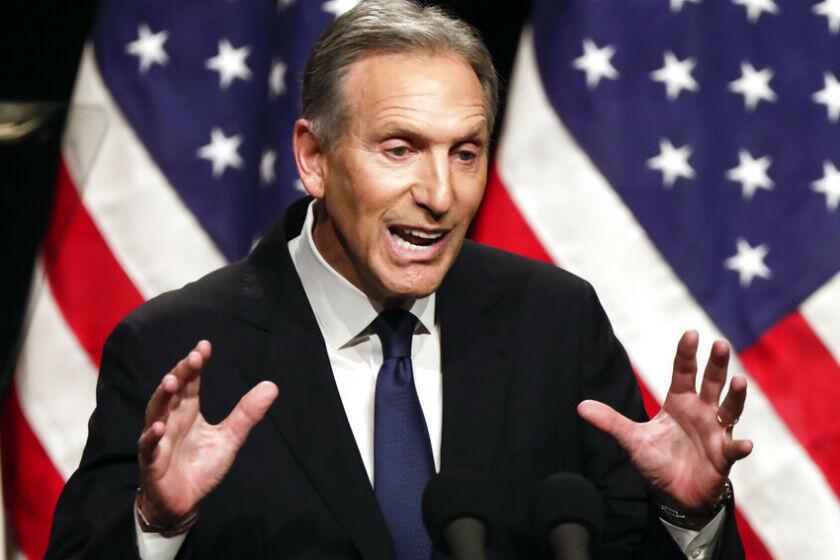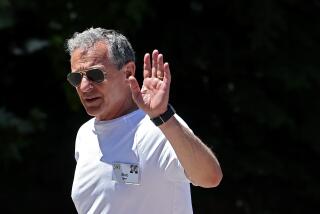Starbucks new CEO Laxman Narasimhan takes his seat

- Share via
Starbucks officially has a new chief executive. The Seattle coffee giant said Monday that Laxman Narasimhan has assumed the CEO role and joined the company’s board of directors.
Narasimhan succeeds longtime Starbucks leader Howard Schultz, who came out of retirement last spring to serve as interim CEO while the company searched for a new chief. Schultz will remain on the company’s board.
Starbucks announced last September that Narasimhan would become its new CEO. Narasimhan, 55, most recently served as CEO of Reckitt, a United Kingdom-based consumer health, hygiene and nutrition company. Before that he was a longtime executive at PepsiCo. Since he was named incoming CEO, Narasimhan has traveled to more than 30 stores, manufacturing plants and support centers around the world, the company said. He also earned his barista certification.
In a prepared statement, Narasimhan said he was humbled as he stepped into his new role.
“The foundation Howard has laid — building from scratch an iconic global brand fueled by a lasting passion to uplift humanity — is truly remarkable, and I am honored to have the opportunity to build on this deep heritage,” Narasimhan said.
Starbucks promotes itself as a friendly place to get a latte or caffeinated milkshake, but behind the smiles it’s been a leader in bare-knuckled union-busting.
Narasimhan is scheduled to lead Starbucks’ annual meeting Thursday.
In his year as interim CEO, Schultz has announced hundreds of millions in investments to improve worker pay and benefits and revamp Starbucks’ North American stores. The company posted record sales in its most recent quarter, which ended Jan. 1. But Schultz also faced a growing unionization effort at Starbucks’ U.S. stores, which the company opposes. Schultz is scheduled to testify March 29 before a Senate committee examining the company’s labor record.
More to Read
Inside the business of entertainment
The Wide Shot brings you news, analysis and insights on everything from streaming wars to production — and what it all means for the future.
You may occasionally receive promotional content from the Los Angeles Times.











